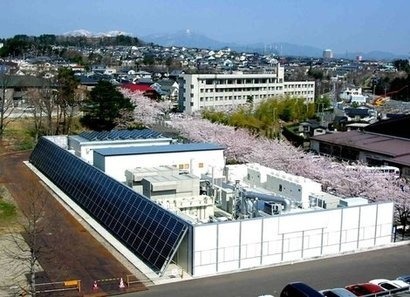
In its newly released report, “U.S. Microgrids 2016: Market Drivers, Analysis and Forecast,” GTM Research provides conceptual explanations, analysis of customer drivers and emerging ownership models, and detailed segmentations of the current market to arrive at future market expectations to 2020.
A key driver of recent growth for the U.S. microgrid market, multi-stakeholder ownership models arose from a surge in regulated utility interest to co-develop microgrids as a “non-wires” alternative to capital infrastructure investments.
“These new models can significantly reduce the CAPEX and O&M burden on end-customers” said Omar Saadeh, Senior Analyst, Grid Edge, and author of the report. “At the same time, strategically located dispatchable generation becomes very attractive to regulated utilities targeting congestion relief and substation peak demand reduction.”

Mr Saadeh added that a broader affinity for the socialisation of energy delivery is creating an upward swing in microgrid adoption. The new report breaks down the various components of this key trend with Mr Saadeh pointing out that while microgrids have historically focused on behind-the-meter benefits for end customers, recent ownership trends suggest a very different future.
More than two-thirds of currently installed microgrids are owned by end-customers, and among end-customers. The military is both the current and expected leader, comprising 32 percent of expected annual capacity in 2020. A key feature of the multi-stakeholder ownership model is its ability to provide stacked value propositions to accommodate the objectives of end-customers; for example, renewable procurement. Planned military development of microgrids is partly responsible for another trend in the microgrid market: boosting use of renewable fuel types, expected to double from 2016 to 2020.
For additional information:

